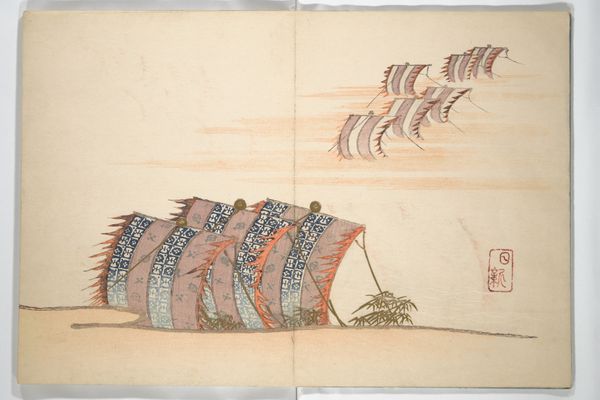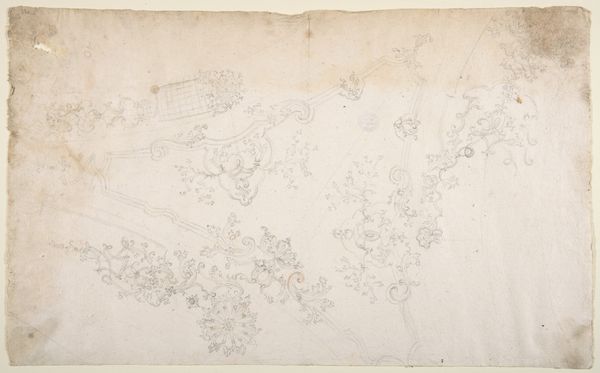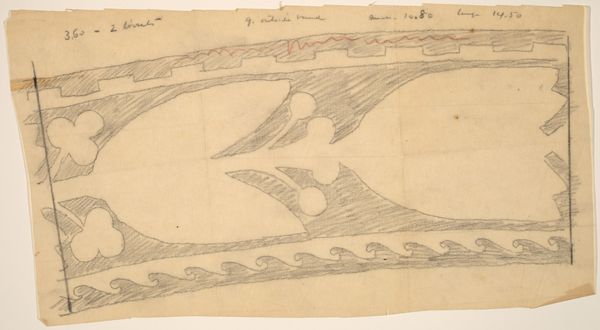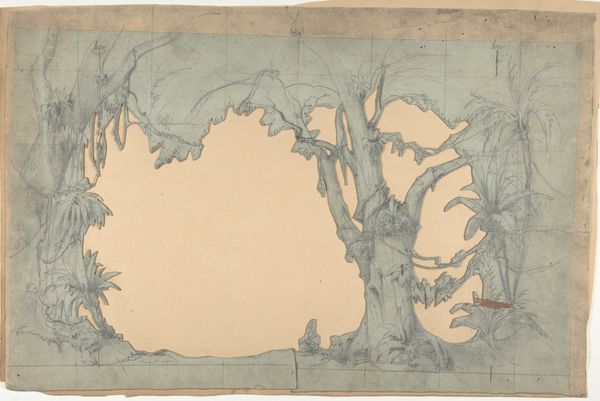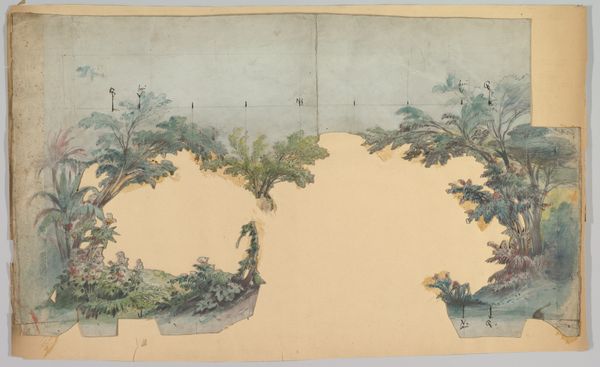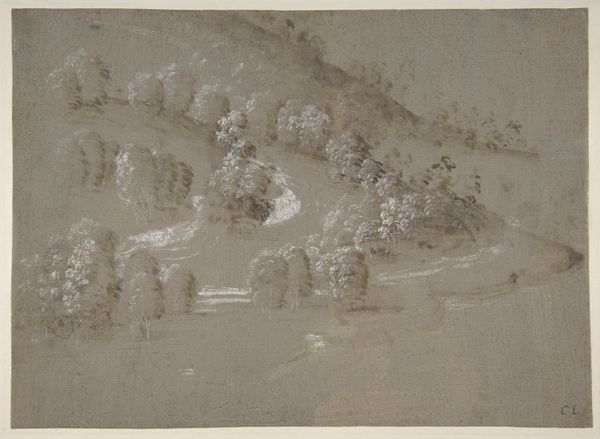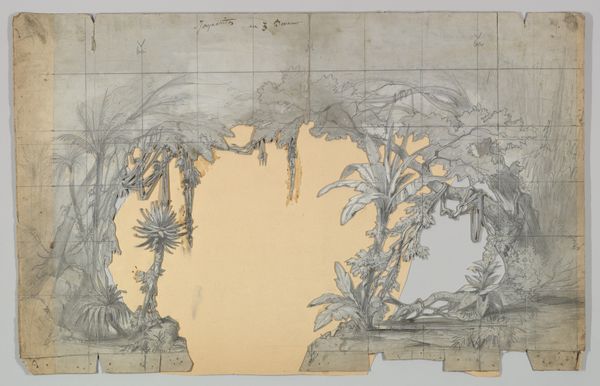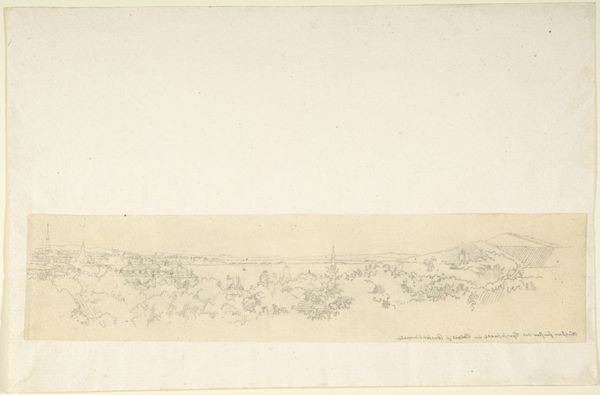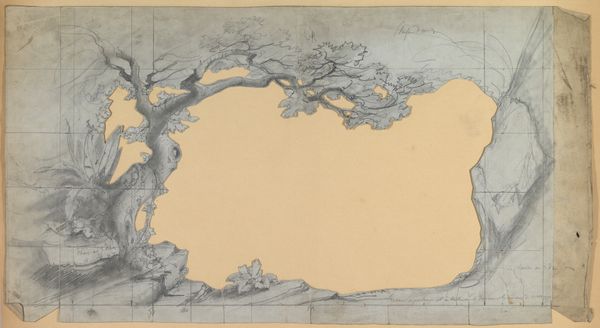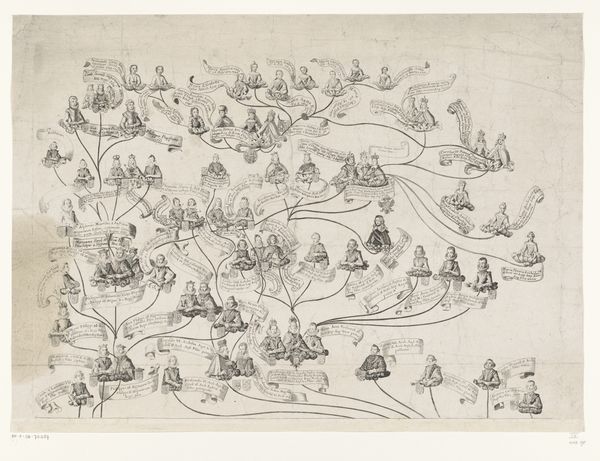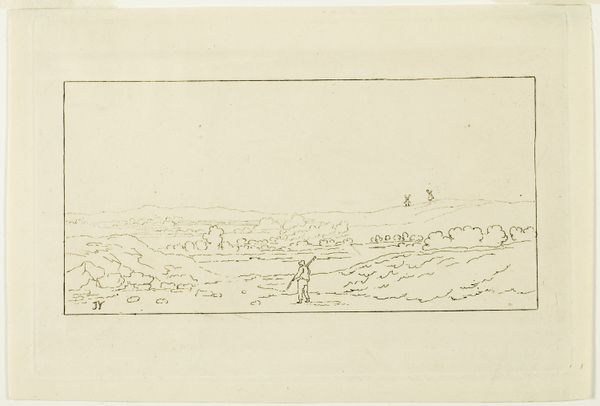
Design for a Gondola Decorated for a Festive Occassion 1750 - 1780
0:00
0:00
drawing, coloured-pencil, print, watercolor, pencil
#
drawing
#
coloured-pencil
# print
#
landscape
#
watercolor
#
coloured pencil
#
pencil
#
decorative-art
#
rococo
Dimensions: Sheet: 16 13/16 × 30 7/16 in. (42.7 × 77.3 cm)
Copyright: Public Domain
Curator: The Rococo elegance here is captivating. I see the 'Design for a Gondola Decorated for a Festive Occasion,' likely from the mid-to-late 18th century, composed with pencil, colored pencil, and watercolor. What's your initial read on this scene? Editor: Opulence! There's something delightfully frivolous about it. You immediately imagine masked figures drifting along the canals during Carnevale. But, I also see the intense labor and expense invested into such lavish displays. Curator: Absolutely. This was no casual sketch, it involved meticulous detail in crafting the design. Reflect on the production involved here: grinding pigments for the watercolors, the acquisition and preparation of the fine paper itself. These materials represent considerable resources. Editor: And consider the social implications of such extravagance during this era. While elites reveled in luxurious spectacle, vast portions of the population endured profound poverty. It speaks to power structures and inequities baked into Venetian society. Curator: It’s crucial to recall how such "minor" works—decorative arts like this design—contributed heavily to the larger economic networks. The production and maintenance of elaborate vessels sustained skilled laborers: carpenters, gilders, textile workers. Each component represents a tangible exchange of capital and labor. Editor: Precisely. It's also worthwhile to contemplate the identities excluded from this picture: the gondoliers who propelled these ornamented stages, their voices silenced as symbols of excess glide along the waterways. Who are we centering, and decentering? Curator: Your perspective deepens the artwork's implications. What may appear at first glance to be simply a frivolous Rococo scene quickly reveals embedded sociopolitical relations if you examine production and usage in historical context. Editor: The decorative arts, dismissed as feminine or unserious, are actually a highly revealing site of contested histories. What stories would gondoliers tell about labor, about class, about who belongs in Venice's fantasy of itself? Curator: Reflecting on both materials and narratives here has indeed reshaped our appreciation—moving beyond the purely aesthetic towards richer comprehension. Editor: It pushes us to critically consider whose stories get told, and whose contributions remain invisible within these seemingly innocuous designs. Thank you for sharing.
Comments
No comments
Be the first to comment and join the conversation on the ultimate creative platform.
